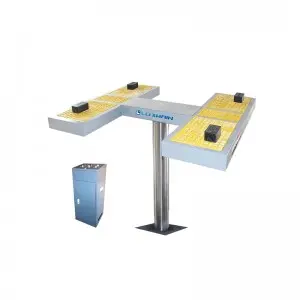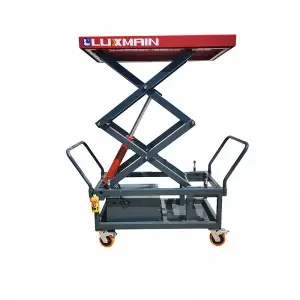Cylinders are ubiquitous in our lives, yet we hardly pay any attention to them. From the cans we use to store our food and drinks to the engines in our cars and the pumps in our bicycles, cylinders are an essential part of our daily routine. In this article, we will explore the uses of cylinders in various applications and understand how they work.
[Cylinders in the Automotive Industry]

The Many Uses of Cylinders in Everyday Life
One of the most common uses of cylinders is in the automotive industry. The engine in your car has cylinders that contain pistons that move up and down, converting the fuel into mechanical energy. The number of cylinders in the engine determines its power and efficiency. For example, a four-cylinder engine is more fuel-efficient but less powerful than an eight-cylinder one.
Cylinders are also used in other parts of your car, such as the braking system. The brake calipers that clamp down on the rotors to slow down your car have cylinders that apply pressure to the brake pads. Similarly, hydraulic cylinders are used in the steering system to turn the wheels and in the suspension system to absorb shocks and vibrations.
[Cylinders in Industrial Applications]

The Many Uses of Cylinders in Everyday Life
Cylinders are widely used in various industrial applications, such as manufacturing, mining, and construction. Hydraulic cylinders are commonly used in heavy machinery to lift and move heavy loads. For example, cranes and excavators use hydraulic cylinders to extend their arms and lift heavy objects.
Pneumatic cylinders are another type of cylinder used in industrial settings. They use compressed air to generate force and motion. Pneumatic cylinders are often used in assembly lines and manufacturing processes to control the movement of parts and machines.
[Cylinders in Medical Devices]
Cylinders are also used in medical devices such as oxygen tanks and nebulizers. Oxygen tanks contain compressed oxygen that is used to treat patients with respiratory problems. The oxygen is released from the tank through a regulator and a flowmeter that controls the rate of flow.
Nebulizers are devices that turn liquid medicine into a mist that can be inhaled to treat respiratory conditions. They use compressed air to create the mist and deliver it to the patient through a mouthpiece or a mask.
[Cylinders in Home Appliances]
Cylinders are used in various home appliances such as refrigerators and air conditioners. The compressors in these appliances use cylinders and pistons to compress and expand refrigerant gas to cool or heat the air inside.
In addition, propane and butane cylinders are commonly used in gas grills, heaters, and lamps. These cylinders contain compressed gas that is released through a valve to provide heat and light.
[Cylinders in Sports and Recreation]

The Many Uses of Cylinders in Everyday Life
Finally, cylinders are also used in various sports and recreational activities. For example, scuba tanks contain compressed air that divers use to breathe underwater. The air is released through a regulator that reduces the pressure and delivers it to the diver.
Similarly, gas cylinders are used in paintball guns to propel paintballs at high speeds. The compressed gas is released through a valve and expands quickly, propelling the paintball out of the gun.
In conclusion, cylinders are an essential part of our lives, even though we may not realize it. They are used in various applications across different industries and provide us with the power, mobility, and convenience we need in our daily routine.quickjack portable car lift



